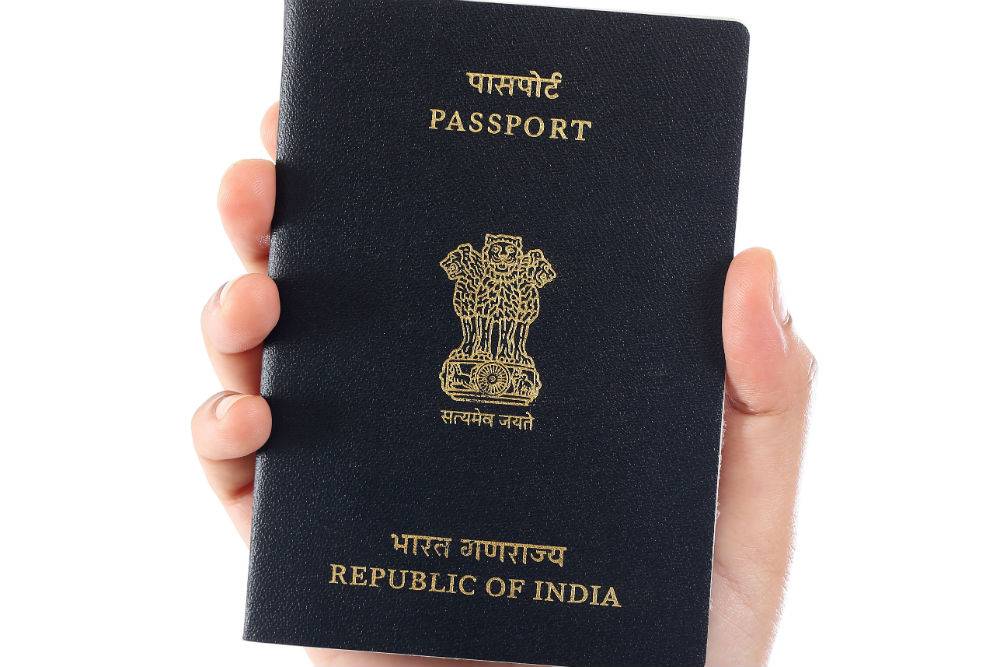

#Vip passport india trial
Till now, the e-passport issued by the government in the trial run were in the form of personalised printed booklets. The issuance process will also remain the same. As per the reports, all 36 passport offices in India under the Ministry of External Affairs will issue e-passports. What will change and not with e-passports The procedure to apply for a new passport will remain the same and there will be no changes in the application form as well. With this information stored in the microchip, it will be easier to compare and verify your identity at any immigration counter. The government already saves your fingerprints before issuing a new passport. In the case of e-passport, this biometric data can be your fingerprints. These security features use your unique physical characteristics to verify your identity. One of the most common examples of biometric technology that most of us use daily is the smartphone’s fingerprint and facial recognition feature. This data has to be unique and it can be your eyes, fingerprint, face and other features. What is a biometric data In simple terms, biometrics are the metric that are related to features of your body. The chip can store details of your previous trips. The microchip is also said to store the biometric details along with other information which makes it easier to identify a traveller digitally. With an e-passport, the time spent at an immigtation counter is expected to go down by more than 50%. The chip is rumoured to have enhanced security features, making it difficult for fraudsters to tamper with the information stored.Ĭurrently travellers have to spend lots of time at immigration counters to complete the formalities as the officials have to physically go through each detail on the passport. The move will also help to reduce the circulation of fake passports. The microchip will help immigration counters to quickly verify details of a traveller. The microchip stores all the information that is printed on your passport including name, date of birth, address and other details. However, an e-passport comes fitted with a small electronic chip, something similar to as seen on a driver’s licence. How an e-passport works At first glance, an e-passport looks just like a regular passport. The biometric passports are currently issued in countries including Germany, UK and Bangladesh. The first e-passport with biometric details in India was issued to former President Pratibha Patil in 2008. The idea of e-passport is not new and it was first announced sometime back by external affairs minister S Jaishankar. He further mentioned that these passports are ICAO-compliant and will be produced at India Security Press in Nashik, Maharashtra.

In a Twitter post, he said that the next-gen passports will ensure security of biometric data and smooth passage through immigraton posts globally. Sanjay Bhattacharyya, the secretary to the government of India in the Ministry of External Affairs, recently announced that the country will soon introduce e-passport for citizens.


 0 kommentar(er)
0 kommentar(er)
